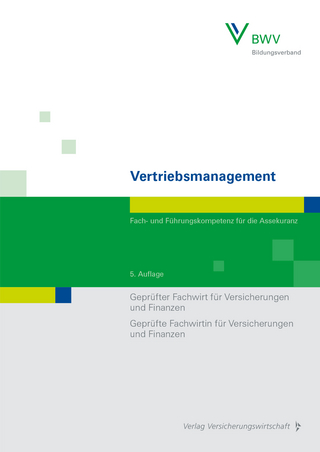
ServSafe Coursebook
John Wiley & Sons Inc (Verlag)
978-0-471-47802-7 (ISBN)
- Titel ist leider vergriffen;
keine Neuauflage - Artikel merken
With a new look and format, but the same industry-leading quality, this book reflects the latest FDA Food Code and information on food safety. It incorporates new information and tasks that industry, academia, and regulatory experts deem essential to the role of foodservice professionals who are responsible for ensuring that an operation is serving safe food. The book prepares students for the ServSafe [Registered] Food Protection Manager Certification Exam.
INTRODUCTION. A Message from the National Restaurant Association Educational Foundation. International Food Safety Council. Acknowledgments. Features of the ServSafe Coursebook. UNIT 1. THE SANITATION CHALLENGE. Chapter 1. Providing Safe Food. The Dangers of Foodborne Illness. Preventing Foodborne Illness. How Food Becomes Unsafe. Key Practices for Ensuring Food Safety. The Food Safety Responsibilities of a Manager. Chapter 2. The Microworld. Microbial Contaminants. Bacteria. Viruses. Parasites. Fungi. Foodborne Infection vs. Foodborne Intoxication. Emerging Pathogens and Issues. Hazards Associated with Fresher and Healthier Food. Technological Advancements in Food Safety. Chapter 3. Contamination, Food Allergens, and Foodborne Illness. Types of Foodborne Contamination. The Deliberate Contamination of Food. Food Allergens. Chapter 4. The Safe Foodhandler. How Foodhandlers can Contaminate Food. Diseases Not Transmitted Through Food. Components of a Good Personal Hygiene Program. Management's Role in a Personal Hygiene Program. UNIT 2. THE FLOW OF FOOD THROUGH THE OPERATION. Chapter 5. The Flow of Foods: An Introduction. Preventing Cross--Contamination. Time and Temperature Control. Monitoring Time and Temperature. Chapter 6. The Flow of Food: Purchasing and Receiving. Choosing a Supplier. Inspection Procedures. Receiving and Inspecting Specific Food. Chapter 7. The Flow of Food: Storage. General Storage Guidelines. Types of Storage. Storage Techniques. Storing Specific Food. Chapter 8. The Flow of Food: Preparation. Preparation. Preparing Specific Food. Cooking Food. Cooking Requirements for Specific Food. Cooling Food. Reheating Potentially Hazardous Food. Chapter 9. The Flow of Food: Service. Holding Food for Service. Serving Food Safely. Off--Site Service. Chapter 10. Food Safety Systems. Food Safety Programs. Active Managerial Control. HACCP. When a HACCP Plan is Required. Crisis Management. UNIT 3. CLEAN AND SANITARY FACILITIES AND EQUIPMENT. Chapter 11. Sanitary Facilities and Equipment. Designing a Sanitary Establishment. Considerations for Other Areas of the Facility. Sanitation Standards for Equipment. Installing and Maintaining Kitchen Equipment. Utilities. Chapter 12. Cleaning and Sanitizing. Cleaning and Sanitizing. Machine Warewashing. Manual Warewashing. Cleaning and Sanitizing Equipment. Leaning the Kitchen. Cleaning the Premises. Tools for Cleaning. Storing Utensils, Tableware, and Equipment. Using Hazardous Materials. Implementing a Cleaning Program. Chapter 13. Integrated Pest Management. The Integrated Management (IPM) Program. Identifying Pests. Working with Pest Control Operator (PCO). Treatment. Control Measures. Using and Storing Pesticides. UNIT 4. SANITATION MANAGEMENT. Chapter 14. Food Safety Regulation and Standards. Objectives of a Foodservice Inspector Program. Government Regulatory System for Food. The Food Code. Foodservice Inspection Process. Federal Regulatory Agencies. Voluntary Controls Within the Industry. Chapter 15. Employee Food Safety Training. Purpose of Food Safety Training. Key Elements of Effective Training. Developing the Training Program. Conducting the Training Session. Food Safety Certification. Answer Key. Glossary. Index.
| Erscheint lt. Verlag | 5.3.2004 |
|---|---|
| Verlagsort | New York |
| Sprache | englisch |
| Maße | 216 x 280 mm |
| Gewicht | 1361 g |
| Themenwelt | Wirtschaft |
| ISBN-10 | 0-471-47802-4 / 0471478024 |
| ISBN-13 | 978-0-471-47802-7 / 9780471478027 |
| Zustand | Neuware |
| Haben Sie eine Frage zum Produkt? |
aus dem Bereich


